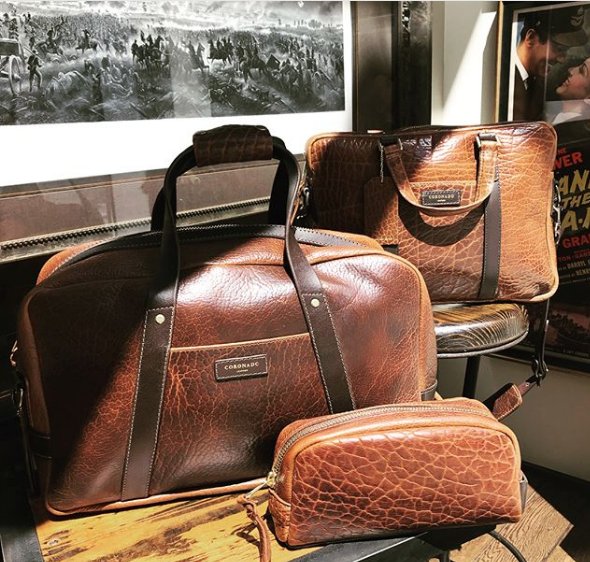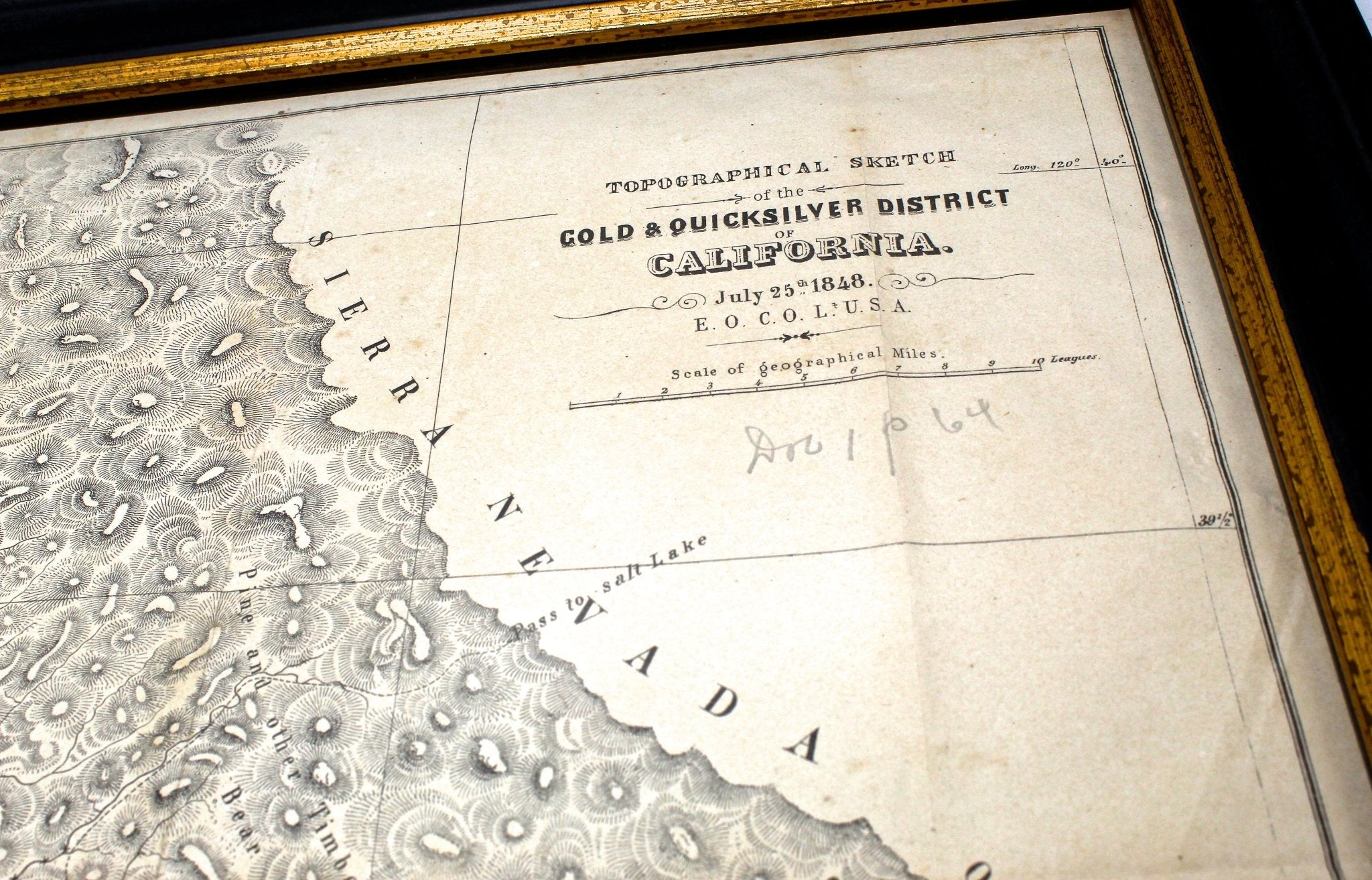How Helen Keller Redefined Education for the Blind and Deaf
Above: The Story of My Life, by Helen Keller. Pictured in The Great Republic at CityCenter DC shop
At the age of only nineteen months, Alabama-born Helen Keller was struck with a tremendous illness that left her both deaf and blind. The trauma that Helen faced far surpassed normalcy for a girl her age, and she was left utterly frustrated and belligerent. Her family was expectantly distraught, yet they were left with a sliver of hope when they discovered the practices of schools for blind youth. Anne Sullivan, a girl of only twenty years, was hired by the Keller family to educate Helen; to teach her how to go on living even in a state that many would have found unfathomable.
Anne, coming from the northern Perkins School for the Blind, suffered from an illness early on that caused her temporary blindness. She received treatment at Perkins, which significantly healed her sight, but her experience with blindness connected her to Helen on a deeper level. Thus began the miraculous story of Helen and Anne’s journey through life as companions and friends.
The teacher-student relationship was not immediately successful; it is documented that the frustrated Helen hit, kicked, and even knocked out one of Anne’s teeth. Even still, Anne’s determination to positively impact Helen’s life was persistent enough to break past the frustration and anger Helen felt. This is when Anne introduced ‘finger-spelling;’ a technique in which Anne traced letters onto the palm of Helen’s hand. This finger play was a way for Anne to teach Helen to comprehend the concept of language, and to correlate the touch and feel of objects with English words.
The Story of Helen's Life
Over years of practice, Helen established a working and comprehensive form of the English language, which she relayed by writing and sometimes vocalizing words. Speaking proved to be particularly difficult, however, and for years it was only Anne who could decipher the words that Helen was trying to convey. In their written form, sentences were poetic and lyrical. She often formed sentences and thoughts by using already-formed sentences that Anne had read to her from books. In this way, Helen's written word mimicked literature of great American novels and poetry.
At the age of only twenty-two, during her years at Radcliff College, young Helen published her first book: The Story of My Life.
The Story of My Life
Book with custom clamshell
Helen Keller, 1937, Original boards, Signed
The book, first published in 1903, compiled personal experiences of her early life: through learning to write and communicate, and her relationship with Anne. Out of the thirteen books and countless articles that Helen would go on to publish, The Story of My Life can be considered to be the most telling look at Helen’s own experiences, with details that bring audiences into the more intimate moments she experienced along her life journey. Helen recounts her first experience with language; when she made the connection between a physical object’s feel and the representation of that object in language:
“Suddenly I felt a misty consciousness as if of something forgotten—a thrill of returning thought; and somehow the mystery of language was revealed to me. I knew then that “w-a-t-e-r” meant the wonderful cool something that was flowing over my hand. That living word awakened my soul, gave it light, hope, joy, set it free! …Everything had a name, and each name gave birth to a new thought. As we returned to the house every object which I touched seemed to quiver with life.”
Signature by Helen
Helen Keller, 1937, Original Boards, Signed
This later edition copy of the book, dating to 1937, is signed by Helen on the front endpaper in pencil. The signature is consistent with Helen’s penmanship, which was just as precise and melodic as her speech was.
A New Outlook for the Blind Community
The New Outlook for the Blind
Braille Edition
Helen's Personal Copy, 1960, Signed
Helen's miraculous efforts towards advancing her communication skills changed what it meant to be blind and deaf. Anne's techniques for developing Helen's language skills were innovative and applauded by scholars in the blind community. Furthermore, Helen's curiosity and intelligence allowed her to absorb all that was being taught to her. She transformed from a frustrated child into a calm and willing student.
As a method for reading, which also aided in developing her written word, Helen practiced reading braille. The New Outlook for the Blind was originally published as a quarterly record for tracking the progress of the blind community. Helen received these publications in braille so that she could read along with the current events in the blind community.
Book with Clamshell
Helen's Persoanl Copy, 1960, Signed
This copy, volume 54 and number 10, was one of Helen’s personal reading copies. It was read and touched by Helen herself later in her life, and even has an inscription claiming Helen’s ownership of the book which reads: “Please return to Keller, 5311 Stonegate, Dallas.” Helen subscribed to the newsletter back when the yearly subscription cost only $1.50.
"Please return to Keller..."
Helen's Personal Copy, 1960, Signed
Leaving a Legacy
Helen’s impact on society was great; her progress with her education was applauded by contemporaries such as Mark Twain, who related her brilliant mind to the feats of Joan of Arc. Helen learned extensively under the guidance of Alexander Graham Bell, to whom she dedicated The Story of My Life. It was Anne, however, whose presence she valued most. Anne never left Helen’s side since first traveling down to meet her in Alabama all those years ago. After Anne’s death, which predated Helen’s, Helen traveled around the world and worked as an active feminist. Nevertheless, Helen’s accounts of her teacher and friend were immortalized in her written word and in the stories she conveyed of the woman who drastically changed her life.












